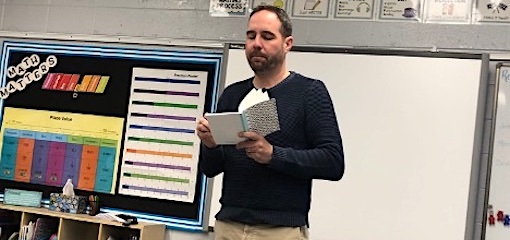7 Principles of a Heart-Centered Classroom
Educator and author Regie Routman considers heart-centered principles that can help us go a long way to ensure that what we do and are asking our students and loved ones to do will result in personal and professional growth, gratitude, generosity, and even sparks of greatness.




















